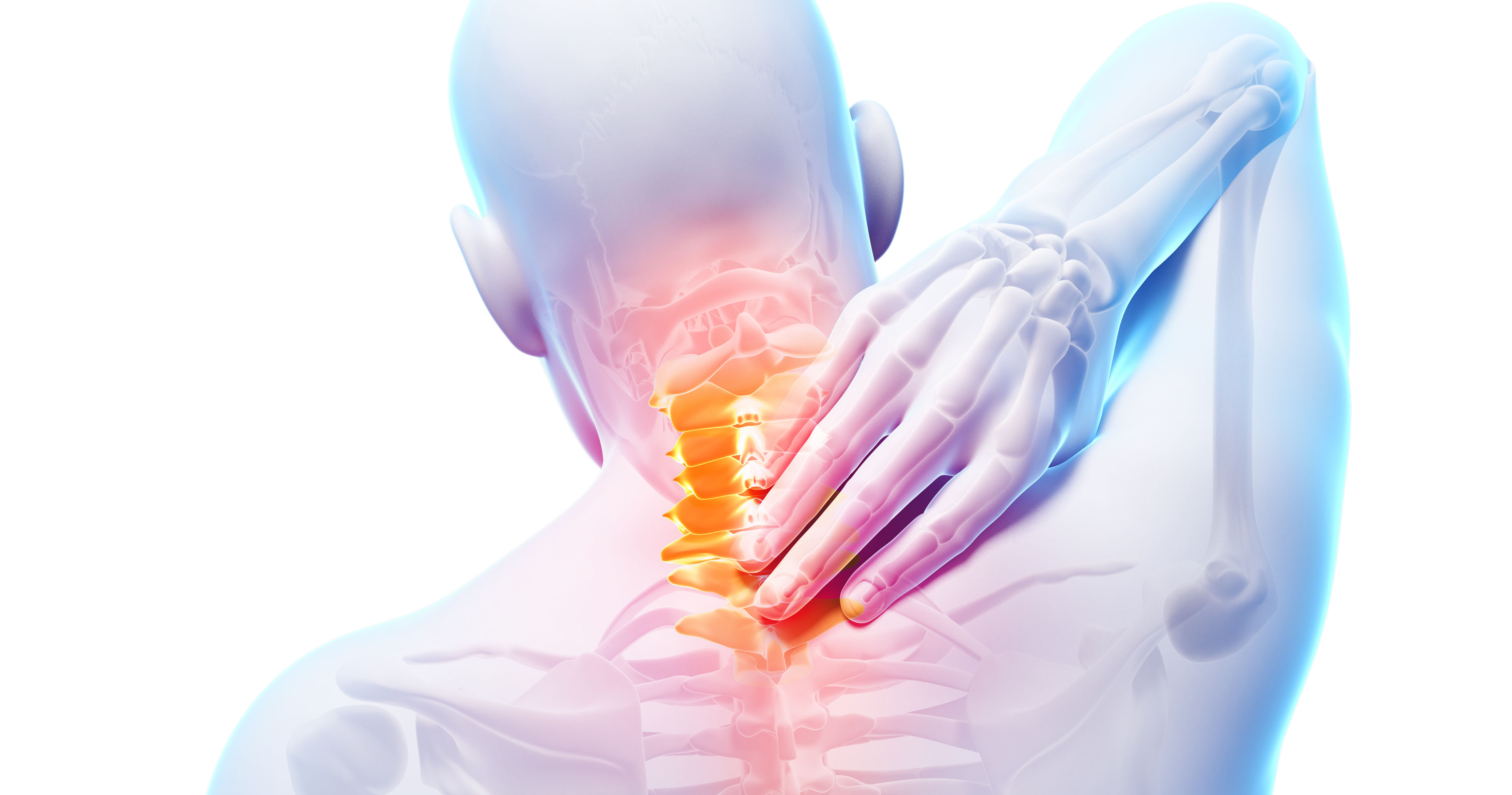
Chiropractic Offers Long Term Benefits for Fibromyalgia Sufferers
 If you are struggling with fibromyalgia, you are not alone, as Dr. Harrison sees many people with this particular problem in our Decatur chiropractic office. In fact, the Centers for Disease Control and Prevention (CDC) estimates that roughly two percent of all adults in the US have fibromyalgia. Thankfully, chiropractic is one treatment option that can provide positive results.
If you are struggling with fibromyalgia, you are not alone, as Dr. Harrison sees many people with this particular problem in our Decatur chiropractic office. In fact, the Centers for Disease Control and Prevention (CDC) estimates that roughly two percent of all adults in the US have fibromyalgia. Thankfully, chiropractic is one treatment option that can provide positive results.
Research Shows Chiropractic Helps Fibromyalgia
In a study released in mid-2015, 215 women and men with fibromyalgia were assessed based on factors ranging from pain to quality of sleep to the levels of depression or anxiety they felt. Then they were divided into two groups with one group receiving a multi-modal therapy program for three months and the second group receiving the same approach with the addition of chiropractic adjustments (specifically, to the upper neck area) for the same length of time.
The subjects who received chiropractic care in addition to the multi-modal treatment program reported greater benefits in all areas (pain, sleep, depression, and anxiety) at three months post-treatment when compared to the study patients who received multi-modal treatment without chiropractic. Furthermore, those positive benefits were lasting as the individuals reported continued improvement one full year later.
Fibromyalgia can substantially reduce your quality of life, both mentally and physically. If you're dealing with fibromyalgia, we might be able to help.
You don't have to suffer! To see what Dr. Harrison can do for your fibromyalgia pain, call our Decatur chiropractic office today.
Sources
- Fibromyalgia. Centers for Disease Control and Prevention. Retrieved from http://www.cdc.gov/arthritis/basics/fibromyalgia.htm on November 2, 2015.
- Moustafa I & Diab A. (2015, July). The addition of upper cervical manipulative therapy in the treatment of patients with fibromyalgia: a randomized controlled trial. Rheumatology International;35(7):1163-74.



